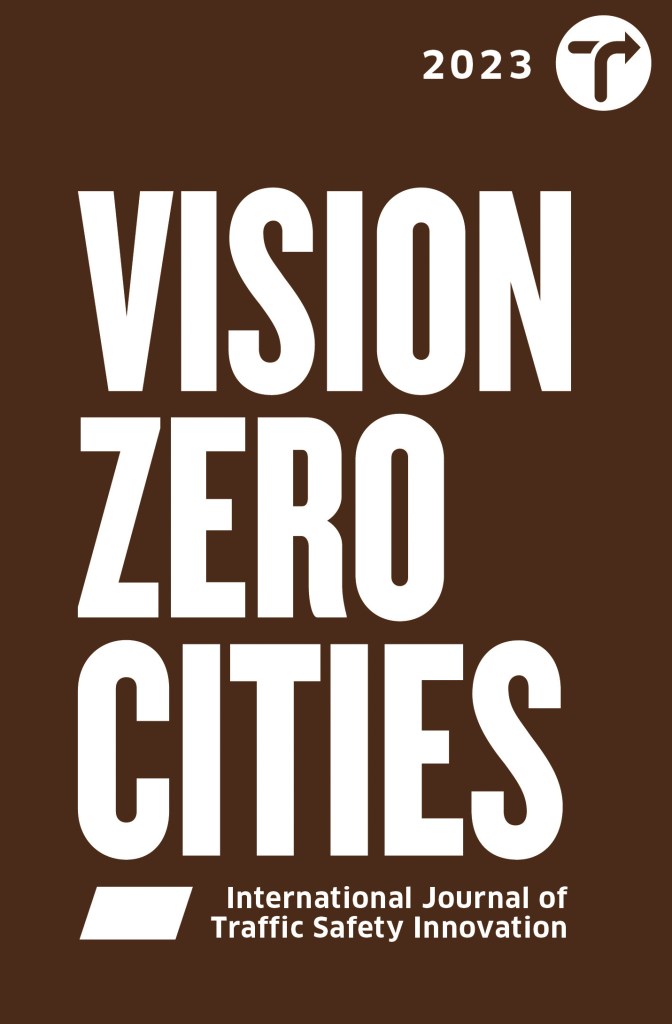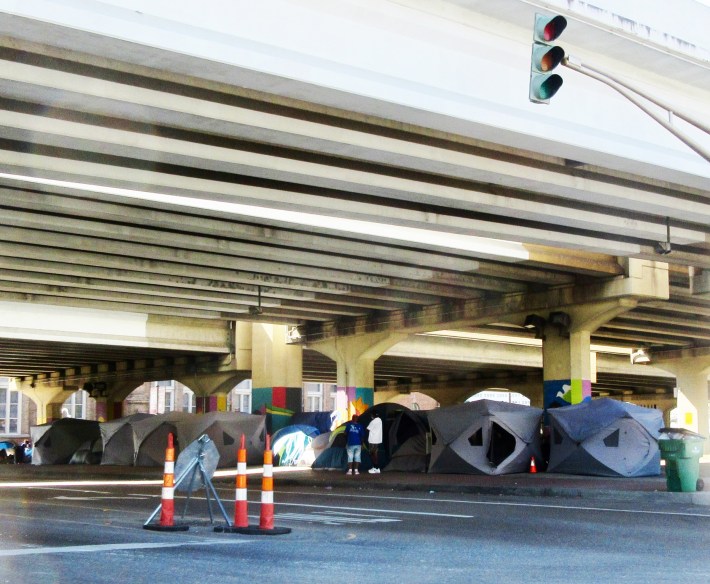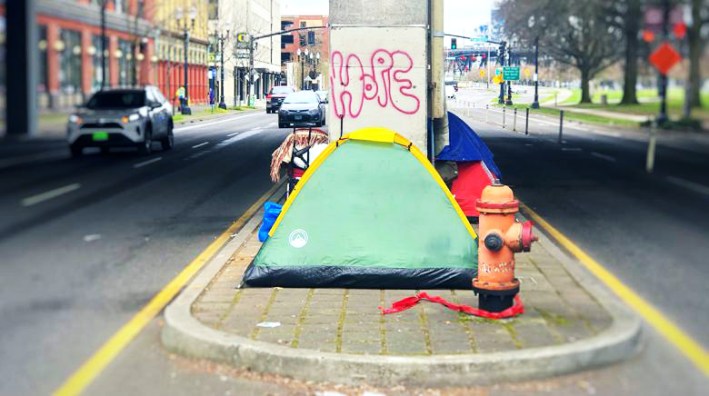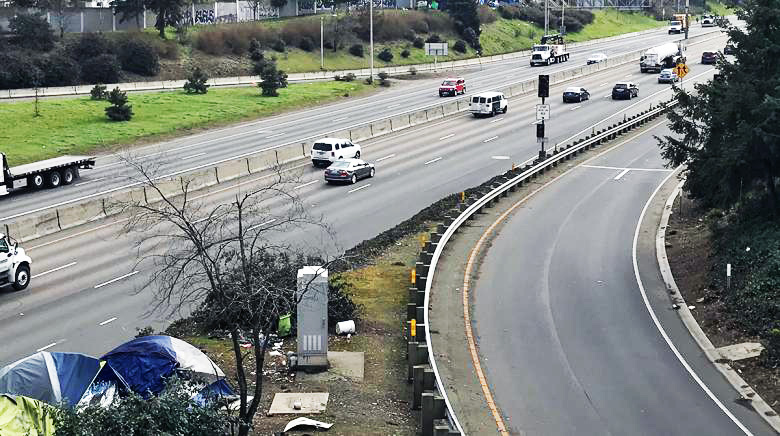The Vision Zero movement is premised around the belief that traffic deaths are preventable and access to safe mobility is an issue of health equity. It shifts the onus of change away from individual behavior towards creating more just systems that allow for human error. It acknowledges that traffic deaths predominantly impact structurally marginalized communities and the cost-effective benefits of prevention rather than reaction. Equitable transportation policies are ultimately grounded in shifting assumptions around who has safe access to public space.

To genuinely pursue a future with zero traffic deaths, proposed solutions must center those most impacted when crafting upstream interventions. These communities are commonly understood to be vulnerable road users like pedestrians and cyclists; low-income communities and communities of color, who often live in neighborhoods with more dangerous infrastructure; and people with disabilities and the elderly. But the transportation equity community also should consider that, for some, streets are not a means to get home but are home itself. For those experiencing unsheltered homelessness, living along dangerous roadways may be a necessity due to displacement from residential and business neighborhoods. Complaint-oriented policing creates a culture where homeless people are exposed to law enforcement for noncriminal 911 calls and face staggering arrest rates for low-level offenses. High-speed corridors are often interstitial spaces, neither wholly residential nor commercial, and may offer refuge for those seeking to exist without being told to ‘move along’ by police, land owners, or private security. These roads are also often the most dangerous corridors in cities, and consequently, people experiencing homelessness are severely overrepresented in traffic fatalities.
Rates of Traffic Deaths in Unhoused Communities
By design, the Vision Zero movement is data-driven, but traffic crash reports often do not report the housing status of victims. When reported, these death rates are striking.
Despite geographical variance, what data exists demonstrates a consistent pattern. In Clark County, Nevada, between 2008 and 2011, the pedestrian traffic death rate was 30.7 per 100,000 for the county’s homeless population, compared to a rate of 1.4 for the general population. In an 8-month period in 2015, 43% of pedestrians killed in Austin, Texas were unhoused. Colorado Springs reported over 60% of 2018 pedestrian fatalities were people experiencing homelessness. In 2020 and 2021, San Francisco’s Department of Public Health reported 15-20% of all traffic deaths occurred within the city’s unhoused communities. In Portland, Oregon, 70% of the city’s pedestrians killed in 2021 were experiencing homelessness. This rate dropped to 36% the following year, still over 50 times the rate of homelessness in the general population. In 2022, Hawaii reported 43% of pedestrians killed statewide (and 5 of 7 cyclists) were experiencing homelessness. San Jose, California saw similarly high rates of unhoused pedestrian deaths in 2021, comprising 18 of the 23 fatalities that year. In Los Angeles, those experiencing homelessness are 53 times more likely to die in traffic than housed community members.

Despite reports reflecting high traffic death rates within unhoused communities, there is not a consistent commitment to documenting housing status in Vision Zero traffic crash reports. New York City, Los Angeles and Chicago publish public traffic crash data portals with impressive levels of data aggregation, yet housing status is not one of them. The Governors Highway Safety Association’s preliminary 2022 Pedestrian Traffic Fatality report identifies the notable link between homelessness and traffic deaths but this acknowledgement does not make it into the data. Housing status is notably absent from publicly-available data from the top ten largest Vision Zero cities. Importantly, Portland, Oregon did begin documenting the housing status of traffic crash victims in 2021.
Responses to High Traffic Death Rates Vary
Municipal responses to high death rates within unhoused communities vary widely. The City of Austin attempted to center upstream interventions in their incorporation of Housing First into their initial Vision Zero action plan. Austin’s most recent Vision Zero update primarily addresses infrastructure and behavior interventions so the effectiveness of this approach remains to be seen. Cities like Portland, Oregon have gone the other direction and pursued a more punitive approach, banning camping along designated high-crash corridors, despite insufficient evidence that displacing homeless communities prevents traffic deaths. San Jose and Colorado Spring responded with attempts at changing behaviors within impacted communities by handing out flashing headbands and neon yellow beanies embroidered with, ‘Be Safe, Be Seen’. While behavioral interventions have demonstrated some success, current research is not explicit about their effectiveness within unsheltered homeless communities.
Intersections of Homelessness and Traffic Crashes
Dual embodiments of structural injustices, homelessness and traffic violence are endemic in communities of color, especially indigenous and Black communities. Under- and disinvestment in infrastructure that serves communities of color perpetuates economic inequality, exacerbates health disparities, and decreases traffic safety.
Both homelessness and traffic violence have roots in racist lending practices (like redlining and predatory lending) that fueled community segregation and subsequent disinvestment in communities of color. Tax dollars were spent on highways and high-volume roadways, bisecting these communities to facilitate travel through them, rather than from within. Economic disenfranchisement still produces economic opportunity deserts, increases housing insecurity, and forces many residents to travel unsafe roadways on foot or public transit to work outside of their neighborhoods. Racialized economic inequality both produces and is produced by homelessness just as unsafe and dilapidated infrastructure manifests and perpetuates economic inequality.
Criminalization is often used as a solution to both homelessness and high traffic fatalities. While enhanced traffic enforcement is one tool to combat dangerous driver behavior, it risks perpetuating racially-discriminatory traffic stops, vicious cycles of debt from fines for small violations and higher rates of incarceration in communities of color. Enforcement of anti-jaywalking ordinances, helmet laws, and other measures intended to protect cyclists and pedestrians can result in disparate citation and arrest rates within unhoused communities. Those who face the highest rates of traffic exposure also risk citations that have been shown to perpetuate cyclic poverty and homelessness. The criminalization of homelessness not only insinuates that homelessness is a choice but perpetuates it through repeated contact with the criminal legal system.
Most importantly, both homelessness and traffic violence are solvable public health crises that must be addressed through comprehensive and courageous policymaking and sound implementation.
Collaboration is Necessary to Address Root Causes
A future with zero traffic fatalities looks a lot like a future without homelessness. Staying true to the Vision Zero principles of equity, cross-sectoral collaboration, and data-driven system-level change, policies to end traffic deaths must be intentional in addressing the confluence of traffic violence and homelessness. Poverty, and its inherent racialization, must become the focal point for policies to meaningfully address high rates of traffic deaths in structurally marginalized communities. Confronting complex and intractable root causes necessitates community-based, participatory solutions developed alongside those most impacted. Long-term solutions to traffic violence for those experiencing homelessness require collaboration with homeless advocacy and anti-poverty organizations to marshal resources and develop the social and political capital necessary to effect meaningful change.
Key to this work is understanding the scope and patterns of the problem. Data collection and accountability metrics must identify and account for housing status in addition to race and socioeconomic status.

Running parallel to Vision Zero is Built for Zero, an initiative to “measurably end homelessness” in the United States. Built for Zero is a data-driven, cross-sectoral, and systems-oriented approach grounded in equity and the landscape of local need. Down to the name, the scaffolding of these movements appears destined for substantive collaboration to simultaneously address the injustices of both homelessness and traffic violence.
Investing in safer transportation infrastructure is deeply important, yet more sidewalks and brighter streetlights alone will not get us to a future with zero traffic deaths. To create transportation networks that are truly safe for all users, policies must also address housing affordability and promote anti-poverty measures. Transportation departments can create safer roadways but, alone, they cannot address the factors that hold both housed and unhoused people in poverty and increases their vulnerability to dangerous streets.






